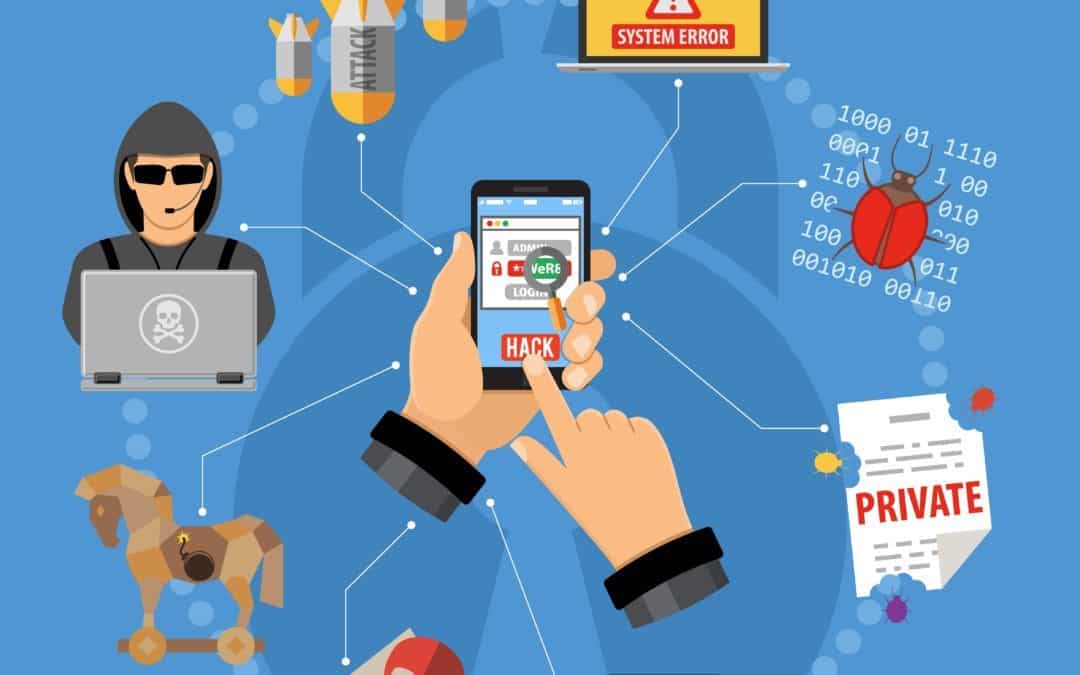If someone asked the average individual what objects they used the most, would it be their vehicle? Probably not. Sports equipment or cookware? Highly unlikely. No, all the computing devices they own, along with the devices used by their family members would likely come to mind. Both at home and on the job, most people use a conglomeration of desktop machines, laptops, tablets, and smartphones for hours on end every day. Needless to say, with all the heavy usage that technology devices incur on a daily basis, their outward demeanor of cleanliness is simply a myth. In this post we will discuss why cleaning these devices is a healthy habit to adopt, in addition to providing several cleaning tips every user should incorporate into their cleaning routine.
What You Can’t See
Certainly, every device collects some dust over time, but it’s what you can’t see that alarms people. Most device users do use their hands and fingers to touch their devices at some point. Even those who love the hands-free features that come with many technology tools. There are areas in the home or office such as bathrooms and kitchens that likely incur above-average levels of bacteria. These areas are usually cleaned on a regular basis thus keeping bacteria and other unwanted particles to a minimum.
This is not necessarily so with computer devices. Many people have not yet made it a habit to regularly clean their devices. This means the most contaminated items in a home or office area are likely all laptops, tablets, smartphones, etc. Considering how heavily most people use these devices, they should be the first items cleaned when trying to reduce contagion, increase sanitation levels, etc.
Cleaning Tips
Microfiber cloths are great for removing dust from screens and other parts of a device. Some microfiber cloths are infused with antibacterial properties that also provide the benefit of wiping away germs and other bacteria, along with dust particles. A microfiber towel dampened with a mixture of equal parts of distilled water and rubbing alcohol can help sanitize device exteriors. The exceptions are computer screens which should only be cleaned with a cloth dampened with distilled water. A dampened cloth means just that. A cloth that does not drip any water when squeezed.
To clean a keyboard, whether it is detached or part of a laptop, simply turn it upside down. Then, shake out the contents. Be sure to have a steady grip when turning a laptop upside down. Using a can of compressed air at an angle on either of these components can also help remove stubborn particles. Cotton swabs are also great for cleaning all the small nooks and crannies found on most computers.
The most important thing to remember is to make cleaning all your devices a regular part of a cleaning routine. If you would like to know more about taking care of technology components, please contact us.






